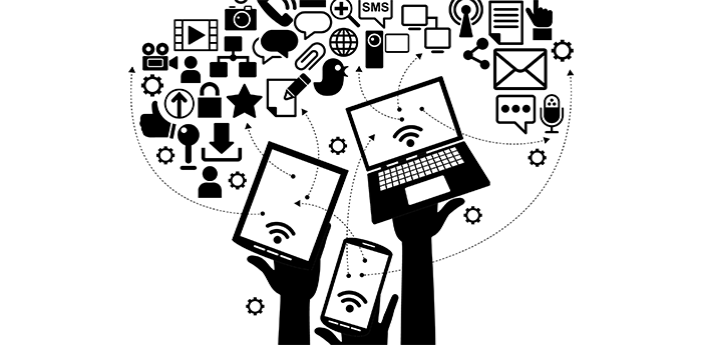As part of my course Contemporary Issues in the Events Industry, I had to deliver a workshop in front of my fellow students related to the topic of how using advanced technologies and gamification can engage audience and influence the event experiences. At first when I choose the topic of the workshop I did not do it because I was interested in the subject, I choose it as a colleague of mine signed up for the same one and we are making a good team together.
Later, when I started researching the topic into depth to prepare as good as possible for the workshop, I found the area within technologies and ways they have been used in the events world for fascinating. I have learnt so much about the current technological trends used in the industry, I have also learnt new events and technological vocabulary which will help me on the field someday. I did not have any regrets choosing this topic for my workshop as it helped me to expand my knowledge for the events industry and see the technological use these days as a good and helpful tool to engage audiences.
My group had five members. During the preparation period of the workshop we faced challenges in our time management. Everyone was focusing on assignments important for the moment and not planning. As a drawback for the whole team I would point out the rear meetings we were all attending. There were very few of team that we all five of us were there. Sometimes, we did face another challenge related to the communication, we did have quite strong team leaders in our group with strong personalities which were silently trying to take the charge from one another. Also, we did communicate via social media for most of the time and often there was misunderstanding. However, we managed to put all these aside the last two weeks before our deadline and we tried to focus on delivering an excellent and engaging workshop. I would even say we did great work as team, despite the tension during our meetings, we were still there to help each other and work together. I must say that I was away for a week just before our workshop, but my team did not get mad at me. They kept updating me on decisions they have taken during meetings and I have been sending them my findings from abroad. I have positive feelings about our performance, I believe we worked out way through the challenges and manage to stay professional and focus on the assignment. Based on the feedback we have received from our tutors, I can confirm they also have appreciated our work as team. They have pointed out that we were well organised, professional and with good energy when delivering the workshop, and interactive with our audience.
What I would focus next time when delivering a workshop is a clear time management strategy when it comes to interacting with the audience. We did have a few activities which take slightly more of the time we had planned, and our tutors have noticed that based on the feedback given.


 iends, colleagues, family in order to invite them for an event. What is needed is just ‘click’ share on Facebook or LinkedIn or just share the event you’re going to so your friends within the network can consider joining.
iends, colleagues, family in order to invite them for an event. What is needed is just ‘click’ share on Facebook or LinkedIn or just share the event you’re going to so your friends within the network can consider joining.





 t works? Well… By allowing attendees to interact with each other freely, organisers let attendees to immerse themselves completely and experience the event. In other words, organisers are making attendees, participants rather than keeping them just sitting and listening for hours. Great examples for this type of venues could be meeting rooms within interactive restaurants or coffee shops, museum spaces or outdoor garden with a lounge area.
t works? Well… By allowing attendees to interact with each other freely, organisers let attendees to immerse themselves completely and experience the event. In other words, organisers are making attendees, participants rather than keeping them just sitting and listening for hours. Great examples for this type of venues could be meeting rooms within interactive restaurants or coffee shops, museum spaces or outdoor garden with a lounge area.

 Why do we think it works? It is a common knowledge that happy team makes a productive team, so the market for team building venues is potentially huge. Depending on what the client wants the venues might vary between karaoke bars, kitchen venues for organising culinary classes, outdoors playgrounds or even museum spaces.
Why do we think it works? It is a common knowledge that happy team makes a productive team, so the market for team building venues is potentially huge. Depending on what the client wants the venues might vary between karaoke bars, kitchen venues for organising culinary classes, outdoors playgrounds or even museum spaces.





